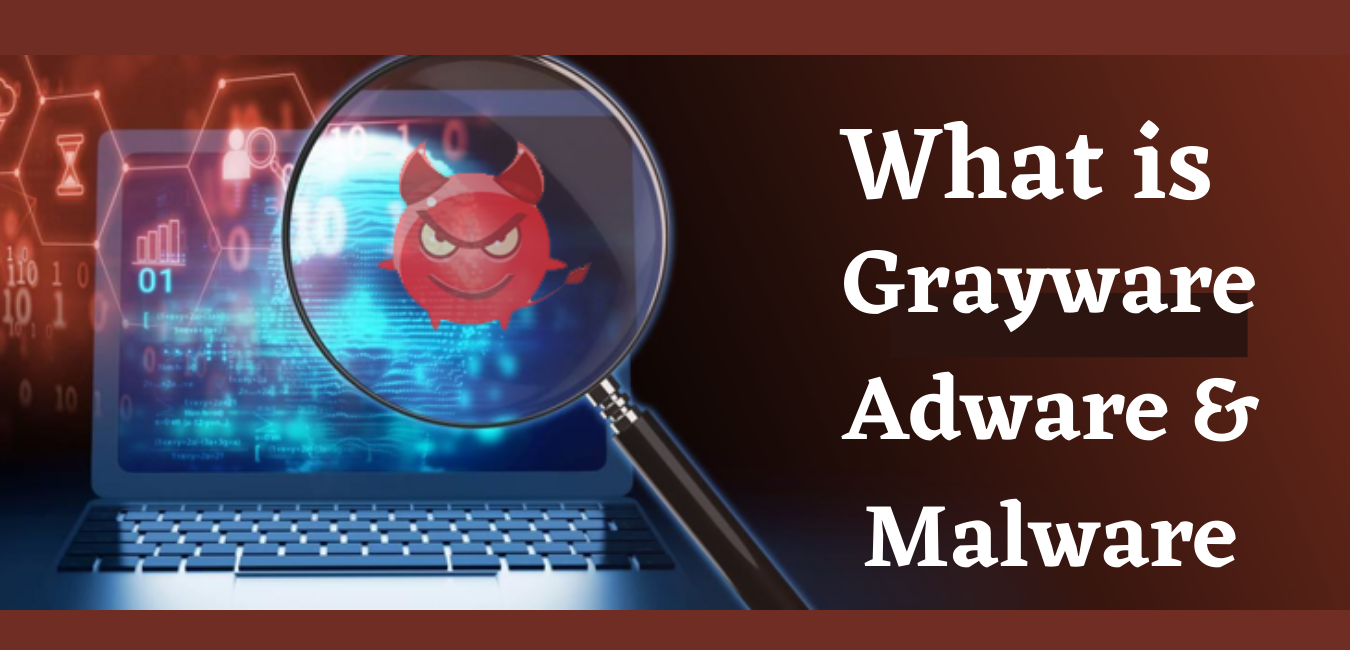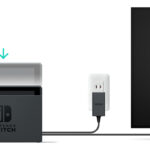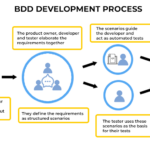If you are a frequent internet user and haven’t heard about Grayware, Adware, and Madware Viruses then this must be because all of these threats are at a lower level in the world of online malicious threats. But today, you will get to know every possible information about these threats and also a way to protect your online data from these threats. So let’s jump to the topic without wasting much time here.
What are Grayware, Adware, and Madware?
Grayware, adware, and madware are all hazards to Web users nowadays, and they may be found mostly on pcs and mobile devices like smartphones and tablets. Grayware (also known as spyware) is any software or items that are just not classed as Trojans or viruses but it can nevertheless have a detrimental impact on the systems they live on, particularly in terms of safety and secrecy. User keystrokes are often recorded, pop-up windows can occur, and computer vulnerabilities are often taken advantage of. Adware is a threat to online users that displays as a software app that can be downloaded or exhibits outcast promotion on a computer or mobile device. Madware is a type of adware that is designed to infect mobiles like smartphones and tablets. Discover more about other pesky dangers in the sections beneath.
1: What is Grayware?
Grayware, often known as spyware, refers to any documents or software that are harmful to a device’s performance and/or safety. Keypad loggers, for example, will capture critical data for malicious purposes. Grayware is frequently included along with part of legal software installation packs and triggered when the contents and therefore the program are loaded. The top User License Agreement (EULA) frequently contains conditions that describe how someone’s data will be used, but because of the size and judicial complexity of EULAs, most consumers do not study them. Software that decrypts credentials, hijack systems to get enter, remotely monitor computers to govern them, modify Web configurations to contact pre-configured phone lines with charge carrier prices, and adware is examples of grayware.
2: What is Adware?
Any desktop application or program that uploads or presents advertisements to a visitor while he or she is browsing is known as adware. This will also gather advertising data/information about either the user; certain applications will notify the user of their intentions in the User License Agreement, and even if the user accepts to the EULA, the adware will be lawful, albeit the user doesn’t know that the adware is meant for that purpose. However, if there’s no EULA and therefore the adware is installed without the user’s knowledge or consent, then the adware is taken into account malicious and is usually considered malware. Adware is made so that the creator of the adware can study the user and make customized advertisements This will tempt the visitor to engage in ads, resulting in revenues for both the adware developer. When a person uses a query search to seek data, adware might route them to marketing communication sites.
3: What is Madware?
Madware is a type of adware that’s also particularly designed for phones and tablets, thus the term “Madware,” which is a combination of “mobile” and “adware.” Because Android is also an accessible mobile platform, as opposed to Apple’s iOS operating system, this type of adware primarily affects Android mobile devices and Tablets. Madware is often loaded on a smartphone when the client accesses to have adverts presented on his or her phone in exchange for downloading a free program. Solely on a single occasion, Norton stated that 25{067ed41ba9a2bcea5192cfba5c5678b094ea6af66db36aaabba2135c9da953a2} of free applications in the Google Play store had malware. That proportion may now be greater.
Most Madware also can operate as spyware, causing undesirable alterations to a mobile device, such as the following:
- Using an audible ad to replace the dial tone on a cellphone
- Delivering a large number of text SMS advertisements
- Advertising on the notification center of the cellphone
- In this home screen, placing undesired widgets or shortcuts
- Taking down the phone number and location of the gadget (via GPS)
- Getting around smartphone internet security monitoring
Not only madware can be inconvenient, but it may also increase bandwidth and communication expenses if it isn’t eliminated.
Madware also can make the user of the cellphone susceptible to fraud if personal data is collected and used either to access financial accounts, make duplicate credit cards, and/or sold on the black marketplace for nefarious purposes.
Also read: How to Remove the Conficker Worm Virus – Information and Removal
How To Obviate Grayware, Adware, Madware?
Follow these points to obviate Grayware, Adware, and Madware if possible.
- Always think twice about installing free programs from any app store; those apps may expose the user to increased data prices, worse performance parameters, and data theft.
- It’s important to read or a minimum of skim user License Agreements for any downloaded software programs or apps. Oftentimes, it’ll be laid call at these contracts that one’s data is going to be used for advertising and marketing purposes. If the user doesn’t accept this as true, don’t use the software or app and delete it.
- Check each installation package before initiating the setup program, and use Google or another tool to study any questionable files or programs to see what they are doing before initiating an installation.
- Grayware, Adware, and Madware applications may be kept off a mobile and desktop device with the use of excellent, updated antivirus and anti-malware software. These applications can often assist in the removal of such programs from a smartphone or computer.
Final Note!
By following the knowledge above, one can protect himself/herself and his/her devices from Grayware, Adware, and Madware. We recommend you install an antivirus program on your PC or laptop and mobile devices. Norton Antivirus is a great deal to have to protect yourself and your online data from these fraudulent and threats. If you like this article please comment down below and to learn more informative articles like these, go check out our website Norton DNS.
Author Profile
Latest entries
Technology2023.04.20How To Connect Roku To TV? Easy Guide To Follow
Technology2023.04.20How to Connect Nintendo Switch to TV? (With and Without Dock)
Technology2023.04.205 Best Barndominium Design Software (DIY & Professional)
Technology2023.04.20What Is The Relation Between Behavior-Driven Development And Agile Methodology?







